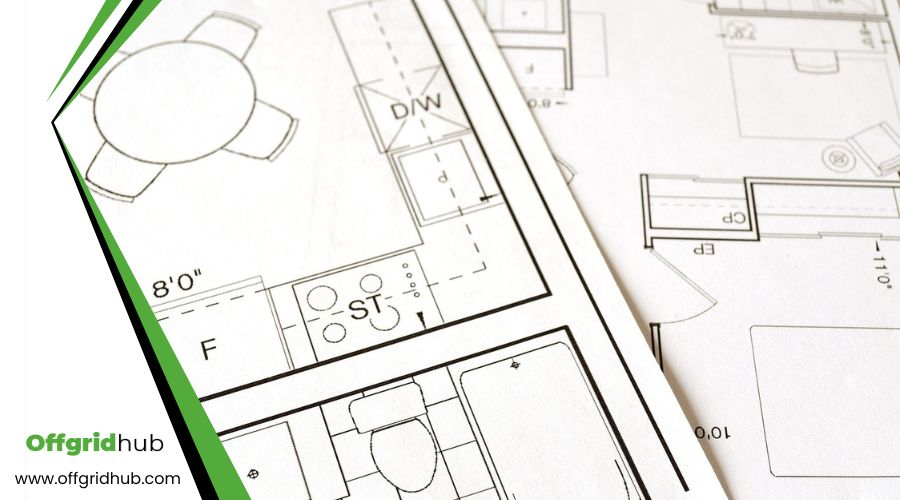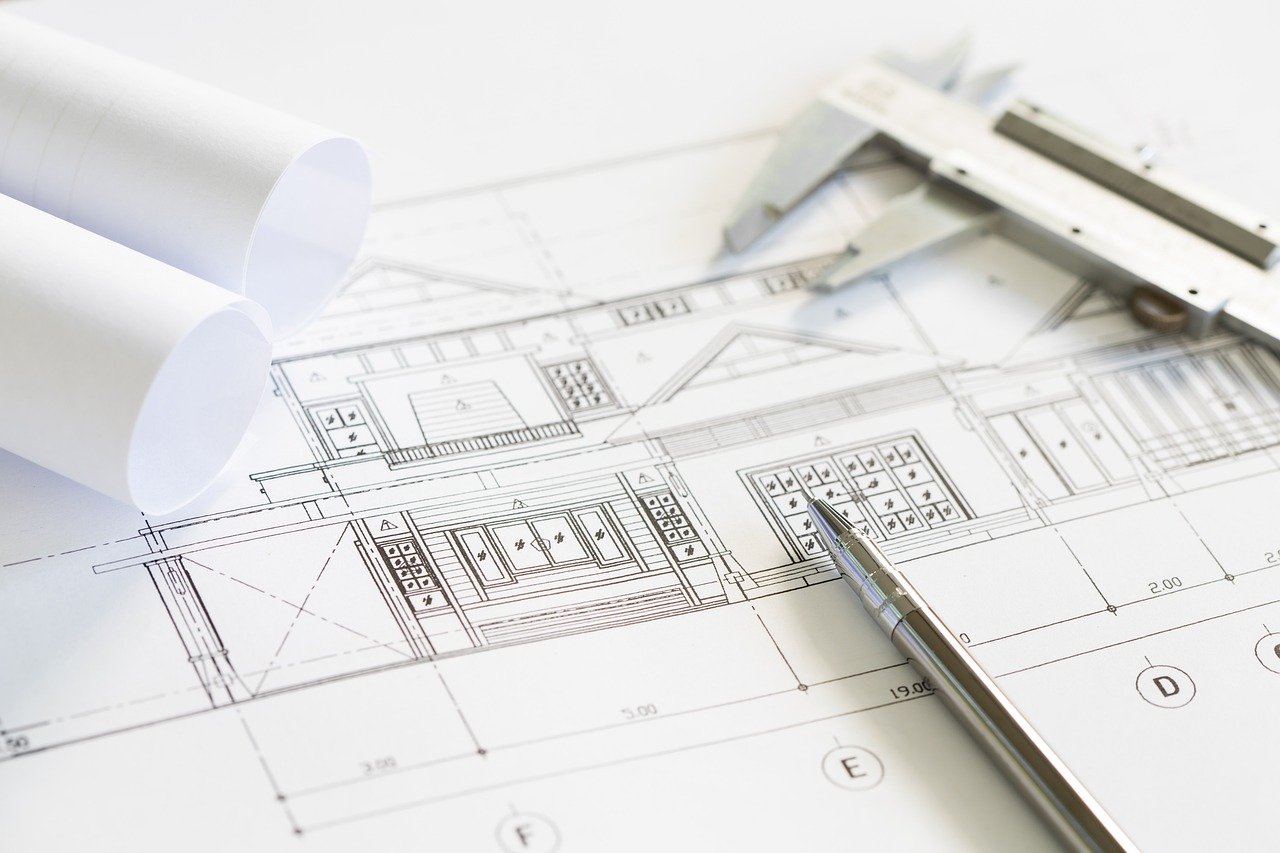Navigating the legal labyrinth to plant your tiny home or set up an off-grid living arrangement can feel like trying to solve a Rubik’s Cube blindfolded. You’ve probably heard that zoning laws and building codes are the big bad wolves of the tiny home world, dictating where you can lay your small foundation and how. These rules aren’t just hoops to jump through; they’re critical for safety and community integration.
But what happens when your dream of a minimalist, eco-friendly lifestyle clashes with the letter of the law? Stick around, and let’s unravel the complexities that could either buoy your aspirations or tether them to the ground.
Defining Tiny Homes
Tiny homes, typically under 400 square feet, offer an innovative living solution within strict zoning and building regulations. You’re navigating a landscape where every square foot matters, not just for comfort but for compliance. Understanding the legal classification of your tiny home is crucial, whether it’s seen as an RV or a standard dwelling, as this affects where and how you can live.
Zoning laws play a significant role in where you can place your tiny home, with specific conditions such as foundation requirements directly impacting your living situation. If you’re considering an off-grid lifestyle, you’ll need to navigate utility regulations creatively, often incorporating solutions like solar panels to meet energy needs.
Building your tiny home to meet local codes and safety standards ensures that your living space isn’t only legal but safe. For those who dream of joining tiny house communities, understanding these regulations is the first step towards realizing that vision. In essence, the journey to tiny living requires a keen understanding of zoning, building regulations, and the legal classification of your home, setting the stage for a life that’s not only minimalist but also fully compliant with the law.
Zoning Laws Overview
Navigating through zoning laws is crucial for placing your tiny home legally within a community. These laws determine not just where you can park your home but also dictate essential safety and compliance standards. Depending on their classification, tiny homes might be seen as RVs or standard dwellings, which directly impacts where they’re allowed.
Zoning laws are all about finding the right balance between off-grid living dreams and ensuring community safety and conformity. They specify the minimum size, foundation requirements, and essential safety features like electrical safety and plumbing regulations. To give you a clearer picture, here’s a quick overview:
| Classification | Legal Parking | Safety Standards |
|---|---|---|
| RV | Limited | Basic |
| Dwelling | Wider Options | Comprehensive |
| Off-Grid | Varies | Custom |
| Mobile | Restricted | Basic to Moderate |
Building Code Compliance
Ensuring your tiny home meets building code compliance is essential for both safety and legal approval. When you’re designing and constructing your tiny home, it’s crucial to adhere to specific regulations that cover electrical wiring, plumbing systems, and fire safety measures. This isn’t just about ticking boxes; it’s about ensuring your space is safe to live in.
Building code compliance is your ticket to obtaining necessary permits and approvals. Without these, you might find yourself facing legal challenges or being forced to make costly modifications. Building codes aren’t arbitrary; they specify requirements for insulation, ventilation, and overall structural integrity to ensure that your tiny home isn’t just a dwelling but a safe, durable place for you and your loved ones.
Off-Grid Living Essentials
After ensuring your tiny home is built to code, the next step is to consider the essentials of off-grid living for a sustainable lifestyle. Off-grid living is about creating a life that’s not just independent, but also deeply intertwined with sustainable practices. You’re not just moving away from the grid; you’re moving closer to a lifestyle that prioritizes natural energy sourcing, waste reduction, and the conservation of resources.
To truly embrace off-grid living, you need to focus on a few critical areas:
- Energy Systems Design: Implement systems for solar, wind, or hydro power to meet your electricity needs while ensuring minimal environmental impact.
- Water Supply Considerations: Develop a plan for collecting, storing, and purifying rainwater, alongside mindful water usage to ensure you always have access to this vital resource.
- Waste Management Solutions: Explore composting toilets and other waste reduction techniques to minimize your ecological footprint.
- Conservation of Resources: Adopt habits and technologies that help in reducing consumption and promoting the recycling and reusing of resources.
Land Use Restrictions
Understanding the land use restrictions in your area is essential for legally placing your tiny home. These restrictions, governed by zoning laws and regulations, determine where your tiny home can be situated. Compliance with these regulations is not just a formality; it’s a crucial step in ensuring your tiny home project aligns with the legal framework established by local authorities.
Here’s a quick guide to help you navigate the landscape of zoning regulations and land use restrictions:
| Aspect | Importance |
|---|---|
| Zoning laws | Dictate where tiny homes can be placed, ensuring compliance with local norms. |
| Zoning categories/permits | Specific categories or permits may apply to tiny homes, varying by location. |
| Legal compliance | Essential for permissible land use and avoiding legal issues with authorities. |
| Local authorities | The go-to source for understanding applicable zoning regulations and permits. |
Tiny Houses on Wheels
Tiny houses on wheels (THOWs) often face unique zoning challenges, as they’re typically classified as recreational vehicles by many local governments. This classification impacts where you can park and live in your THOW, as zoning regulations and legal restrictions are determined by local zoning laws. You’ll find that navigating these laws is crucial for a hassle-free tiny living experience.
To ensure compliance and enjoy off-grid living in your THOW, here’s what you need to know:
- Zoning Regulations: These may vary significantly by location, impacting where THOWs can be parked or placed. It’s essential to research local laws.
- Legal Restrictions: Local governments set the rules on parking and living in THOWs, including restrictions on long-term habitation in certain areas.
- Building Codes: Focus on safety features, weight limits, and roadworthiness to ensure your THOW is safe for both living and traveling.
- Parking Restrictions: Some areas have specific regulations about parking THOWs, especially in residential neighborhoods.
Understanding these aspects is key to successfully navigating the legalities surrounding tiny houses on wheels. Compliance with local governments’ zoning and building regulations is essential for legally placing and living in your THOW.
Accessory Dwelling Units
Accessory Dwelling Units (ADUs), including those designed as tiny homes, are becoming a popular solution for affordable housing in various areas. With the rise of sustainable living, ADUs offer a unique opportunity for homeowners to maximize their property’s potential while adhering to local zoning laws and regulations. These units, whether standalone or attached, must comply with building code requirements, ensuring they’re safe and livable.
Understanding the legal aspects of ADUs is crucial. Here’s a quick guide:
| Aspect | Tiny Homes on Wheels | Stationary ADUs |
|---|---|---|
| Zoning Laws | May face restrictions | Often allowed with recent updates |
| Building Codes | Subject to vehicular codes | Must meet residential building standards |
| Local Regulations | Vary widely; some areas more lenient | Increasingly accommodated within local zoning |
| Utilities | Often off-grid or require hookup | Typically must connect to public utilities |
| Community | Shared amenities common | May or may not share amenities |
Keep in mind, while ADUs provide a pathway to affordable housing, they’re subject to local regulations. It’s essential to research and understand the zoning laws and building code requirements in your area. This knowledge will help you navigate the legal landscape of adding an ADU or tiny home to your property, making your journey toward sustainable living smoother.
Navigating HOA Policies
After exploring the zoning and legal aspects of adding an ADU to your property, it’s important to consider how Homeowners Association (HOA) policies might impact your plans for a tiny home. Navigating HOA policies is essential to ensure your tiny home dream doesn’t turn into a regulatory nightmare.
HOAs may have strict guidelines that could significantly affect your project. These include:
- Minimum Square Footage: Some HOAs enforce rules on the smallest size a dwelling can be, which might exceed the dimensions of many tiny homes.
- Architectural Approval: Before making any structural changes, including erecting a tiny home, you’ll likely need approval from the HOA to ensure your plans align with the community’s aesthetic.
- Violations: Failing to adhere to HOA policies can result in fines, penalties, or even legal action against you. It’s crucial to understand the potential consequences.
- Bylaws Review: Always review the HOA bylaws carefully. They provide essential information on regulations regarding tiny homes, architectural approvals, and the penalties for violations.
Navigating HOA policies requires diligence and sometimes negotiation. Understanding the bylaws and seeking necessary approvals before making structural changes can save you from fines, penalties, and legal headaches down the line.
Utility Connection Challenges
While venturing into off-grid living, you’ll face hurdles in securing utility connections such as water, electricity, sewage, and gas. Access to these essentials may be limited in remote locations, making it challenging to meet your basic needs. However, compliance with local regulations is crucial to ensure both your safety and the sustainability of your living situation. You’re not alone in this journey, as many have turned to alternative solutions to overcome these challenges.
Solar panels, for instance, can provide a reliable source of electricity, while rainwater harvesting systems offer a sustainable way to secure water. Additionally, composting toilets and other off-grid waste disposal methods can address sewage needs without the traditional infrastructure. These solutions not only help you navigate utility connection challenges but also minimize your environmental impact.
Nevertheless, it’s essential to adhere to health and safety standards when implementing these alternatives. Local regulations may have specific requirements for sanitation standards to prevent health hazards. By staying informed and exploring these alternative solutions, you can achieve a comfortable and sustainable off-grid living experience, all while maintaining compliance with necessary regulations.
Advocacy for Legal Change
Numerous organizations are at the forefront of advocating for legal changes to facilitate tiny house living and off-grid lifestyles. By engaging in advocacy efforts, they aim to reshape the legal environment and zoning laws, making them more conducive to tiny living and affordable housing. These organizations, like the Tiny Home Industry Association, play a crucial role in pushing for legal adjustments that support the tiny house movement.
To effectively contribute to this cause, you can:
- Stay informed about the current legal landscape and proposed changes.
- Participate in discussions and public hearings related to zoning laws and tiny living.
- Support organizations that are actively working towards legal adjustments for tiny homes.
- Share case studies and success stories of cities that have embraced tiny house living.
Conclusion
Navigating the legal landscape of tiny homes and off-grid living can be complex, but it’s crucial for a seamless experience. You’ve got to understand local zoning laws, ensure your tiny home complies with building codes, and tackle utility connection challenges head-on. Advocating for legal changes and working within existing frameworks, like accessory dwelling units and HOA policies, can also pave the way.
Stay informed and proactive to make your tiny home or off-grid dream a safe and legal reality.




